Mystery envelops the Little Horn of the Bible, a symbol of prophecy and intrigue that beckons deeper exploration into its ancient roots and significance.
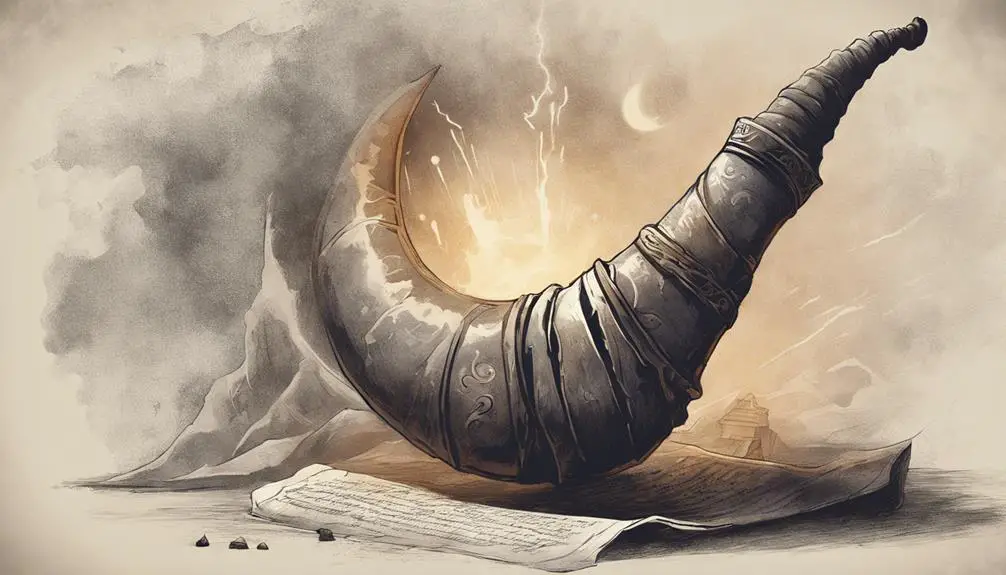
Little Horn in the Bible
You've likely heard various theories surrounding the 'Little Horn' mentioned in the Bible, but have you ever pondered its true significance? This enigmatic figure, found in the prophecies of Daniel, has sparked a myriad of interpretations, each offering a unique lens through which to view its symbolism and historical context.
As you explore the origins, delve into the symbolism, and consider the modern perspectives, you'll find yourself at the crossroads of ancient prophecy and contemporary faith.
The journey to understanding the Little Horn isn't just an academic pursuit; it's a quest that could transform your understanding of prophecy and its place in today's world.
Key Takeaways
- The Little Horn symbolizes a powerful, corrupt ruler opposing God in end-time scenarios.
- It represents the challenges and persecution believers face, urging resistance against tyranny.
- Interpretations vary, linking it to historical figures like Antiochus IV Epiphanes and broader themes of good vs. evil.
- Inspires hope, faith, and moral integrity among believers, emphasizing the triumph of good over evil.
Origins of the Little Horn
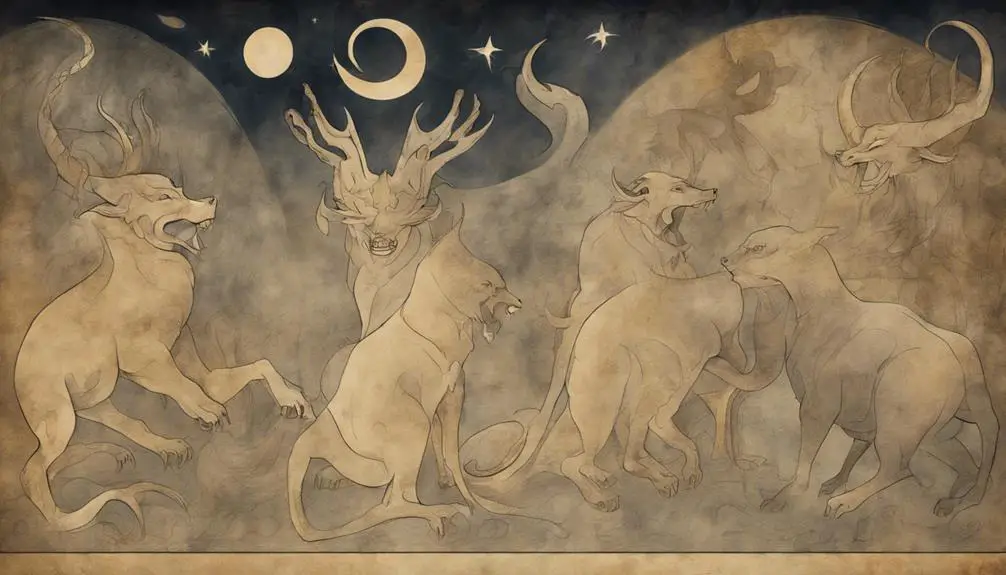
The concept of the Little Horn originates from prophetic visions found in the Book of Daniel, symbolizing a powerful, enigmatic ruler who plays a significant role in end-time scenarios. This figure, wrapped in mystery, emerges from a broader context of prophetic beasts, each representing different empires throughout history. The Little Horn's distinct characteristics set it apart, making it a focal point for scholars aiming for prophetic identification.
You'll notice that the Little Horn isn't just another ruler; its traits are peculiar, signaling an unusual level of influence and power. Its emergence, described as 'uprooting' three of the ten horns that precede it, implies a forceful takeover, hinting at a disruption of established orders. This vivid imagery fuels debates around its historical and future implications.
Moreover, the descriptions surrounding this horn—speaking 'great words' against the Most High, and intending to change 'times and laws'—provide layers to its character. These characteristics aren't merely descriptive; they're essential for understanding the prophetic identification of the Little Horn, offering clues to its identity and intentions. Analyzing these traits, you're engaging with a puzzle that spans centuries, one that continues to challenge and intrigue scholars in their quest for clarity.
Symbolism and Interpretations
Delving into the symbolism and interpretations of the Little Horn reveals a complex tapestry of meaning that scholars have debated for centuries. The horn significance in biblical texts often intertwines with prophetic imagery, symbolizing power, authority, and, in many cases, rebellion. Through an analytical lens, you'll find that interpretations of the Little Horn diverge widely, yet they commonly center on three pivotal themes:
- Dominion and Power: The horn as a symbol traditionally represents strength and dominion. The Little Horn's emergence among others suggests a new, albeit controversial, authority challenging established powers.
- Spiritual Corruption: Often, the Little Horn is interpreted as a corruptive force, infiltrating and undermining spiritual or religious purity. This interpretation leans heavily on the context of prophetic imagery, suggesting a warping of divine intention.
- Eschatological Significance: The Little Horn's role in end-times prophecy highlights its importance in eschatological narratives. Scholars view it as a key player in the unfolding of divine judgment and redemption.
In dissecting these interpretations, you're not just looking at a historical or religious curiosity. You're unraveling the profound layers of meaning behind one of the Bible's most enigmatic symbols, reflecting the rich, multifaceted nature of biblical prophecy and its enduring impact on theological thought.
Historical Contexts
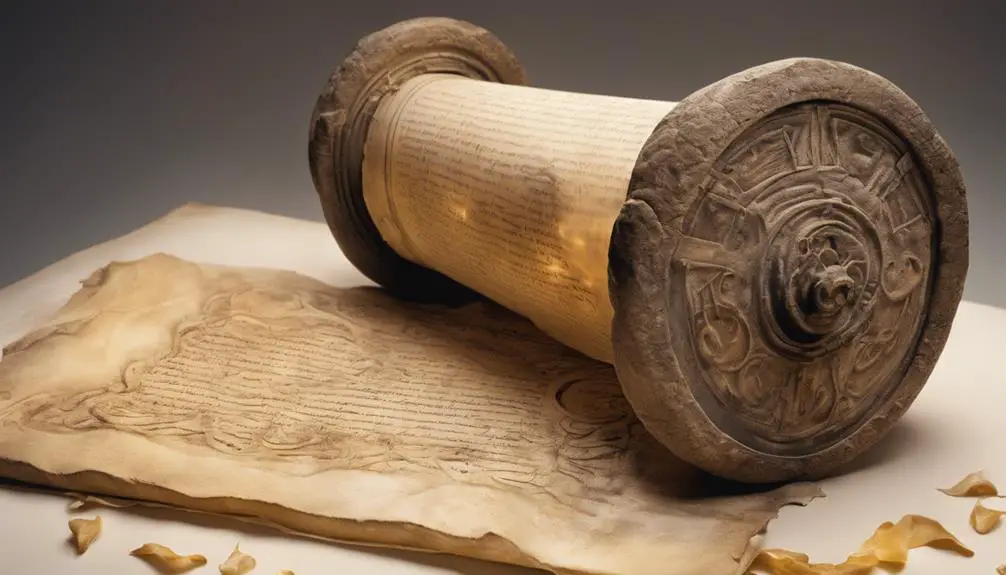
Understanding the symbolism and interpretations of the Little Horn sets the stage for exploring its historical underpinnings, shedding light on the real-world events and figures it may represent. You delve into the context of ancient empires and their leaders, recognizing how geographical significance and cultural influences play pivotal roles in shaping the narrative around the Little Horn.
The geographical significance can't be understated; the regions mentioned in the biblical texts were centers of power and civilization, crossroads for trade, warfare, and cultural exchange. These areas, rich in history and conflict, provide a backdrop against which the prophecy of the Little Horn gains depth and dimension. You're invited to consider how the terrain, resources, and strategic positions of these ancient locales contributed to the rise and fall of empires, potentially embodying the prophetic imagery.
Cultural influences further enrich your understanding. The intermingling of beliefs, languages, and traditions in these historically significant regions influenced the way prophecies were both received and interpreted. You recognize that the depiction of the Little Horn isn't just a product of its time but also a reflection of the complex web of cultural narratives that informed the worldview of its authors and their audience.
Modern Perspectives
In today's scholarly discussions, modern perspectives on the Little Horn offer a nuanced understanding, intertwining historical insights with contemporary theological interpretations. This figure, deeply embedded in religious texts, continues to provoke fascinating debates among theologians and scholars alike. You're drawn into a world where ancient prophecies meet modern-day analyses, each trying to unravel the mystery that has captivated minds for centuries.
Modern viewpoints tend to focus on several key areas:
- Cultural impact: The Little Horn's narrative has permeated various aspects of culture, influencing literature, art, and even political discourse. Its symbolism is dissected and reinterpreted, reflecting societal concerns and ethical dilemmas of the time.
- Eschatological theories: This aspect delves into the end-times predictions, where scholars juxtapose traditional interpretations with present-day events. These discussions often lead to a wide array of speculative theories, each suggesting different timelines and outcomes based on contemporary global occurrences.
- Theological debates: Here, the conversation shifts to the theological implications of the Little Horn's story. Scholars debate its role in prophetic literature, scrutinizing texts to understand its significance in a broader religious context.
These modern perspectives shed light on the Little Horn's enduring relevance, revealing its complex role in shaping theological thought and cultural narratives.
Implications for Faith
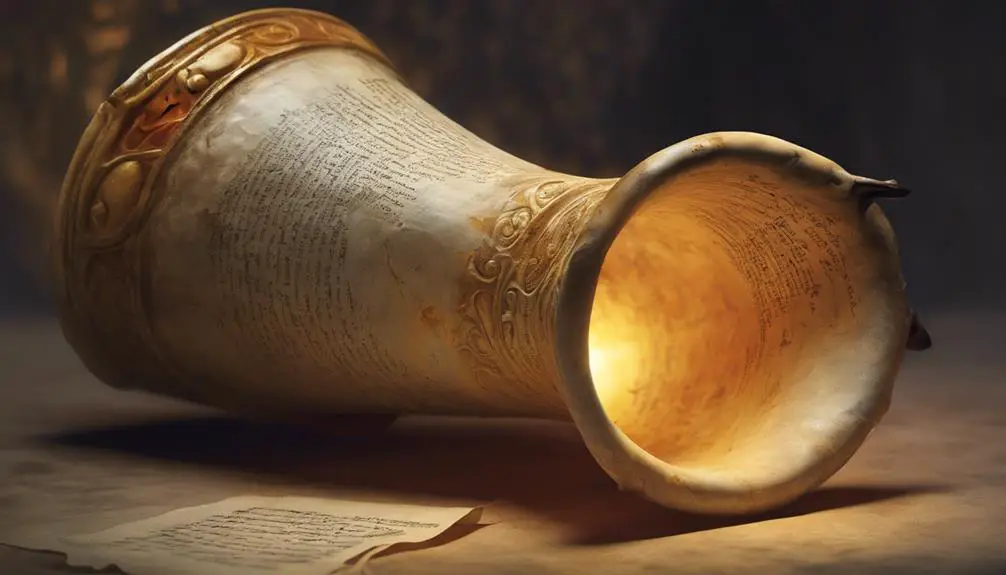
Exploring modern perspectives on the Little Horn not only enriches our understanding of its historical and cultural significance but also invites us to consider its profound implications for contemporary faith communities. This narrative element's embodiment of opposition highlights the ongoing struggle between good and evil, framing it within the larger context of divine judgment and spiritual warfare.
Aspect |
Interpretation |
Impact on Faith |
|---|---|---|
Divine Judgment |
Manifestation of consequences for actions |
Encourages moral integrity |
Spiritual Warfare |
Ongoing battle between divine forces and evil |
Strengthens spiritual vigilance |
Little Horn |
Symbol of pervasive evil |
Inspires resistance to injustice |
Faith Community |
Collective believers facing challenges |
Fosters unity and perseverance |
This table symbolizes the multifaceted implications of the Little Horn for believers. It suggests that understanding this concept can lead to a deeper appreciation of the struggles inherent in spiritual life, reinforcing the necessity for vigilance, unity, and moral integrity in the face of adversity. Thus, the Little Horn's narrative serves as a poignant reminder of the perpetual battle between light and darkness, urging contemporary faith communities to stand firm in their convictions and support one another through trials.
Frequently Asked Questions
How Has the Depiction of the Little Horn Influenced Contemporary Literature and Popular Culture Outside Religious Texts?
You've noticed how fantasy novels and horror films often feature sinister, powerful antagonists. This trend is partly due to the portrayal of the 'little horn,' a symbol of evil and corruption. Its influence extends beyond religious texts, shaping villains in modern storytelling.
These characters often embody the same traits of deception and power lust, reflecting the little horn's enduring impact on narratives seeking to explore the battle between good and evil in a compelling way.
Are There Any Major Artworks, Like Paintings or Sculptures, Inspired by the Concept of the Little Horn, and What Do They Signify?
You're diving into how major artworks, like paintings or sculptures, draw inspiration from certain themes, focusing on their artistic symbolism and the interpretative challenges they present.
These artworks, rich in symbolism, often leave room for multiple interpretations, reflecting the creators' insights into complex themes.
The discussion centers on identifying these pieces and understanding what they signify, delving into how artists encapsulate broader themes through their unique lenses and creative expressions.
How Do Non-Abrahamic Religions or Secular Philosophies Interpret or React to the Symbolism of the Little Horn?
You might find that non-Abrahamic religions and secular philosophies interpret the symbolism akin to the 'little horn' through cultural metaphors or psychological symbolism, detached from its biblical origins.
They often analyze it as embodying themes of corruption, power struggles, or emerging threats. This perspective allows for a more universal application of the symbol, focusing on its broader human or societal implications rather than a strictly religious interpretation.
Have There Been Any Notable Public Figures or Leaders Throughout History Who Have Been Compared to the Little Horn by Their Contemporaries or by Historians?
You might find it intriguing that various public figures and leaders have been compared to the Antichrist symbolism, emphasizing their perceived malevolence or tyranny. This comparison, often made by their contemporaries or historians, seeks to understand their impact through the lens of historical accuracy.
Such associations underscore the profound influence of symbolic narratives in interpreting real-world events and figures, highlighting how deeply entrenched these symbols are in collective consciousness and historiographical analysis.
Can the Concept of the Little Horn Be Linked to Any Specific Astronomical or Natural Phenomena, as Interpreted Through Ancient or Medieval Cosmology?
Ironically, you're diving into a topic where the stars might align, but not in the way you'd expect. Celestial alignments and meteorological events have long fascinated scholars, offering a rich tapestry for analysis.
You're looking for a connection between these cosmic phenomena and ancient interpretations, without directly linking it to biblical narratives. This approach demands an analytical, objective lens, focusing on how these events were understood in ancient and medieval cosmology.
Conclusion
In dissecting the enigma of the Little Horn, you've traversed from its biblical origins to the labyrinth of its symbolism. You've navigated through the tumultuous seas of historical contexts and emerged into the realm of modern perspectives. Only to find that its implications for faith remain as vast and varied as the believers who ponder them.
This journey reflects not just a quest for understanding but a mirror to the multifaceted nature of interpretation itself. It is compelling and complex in its scholarly pursuit.

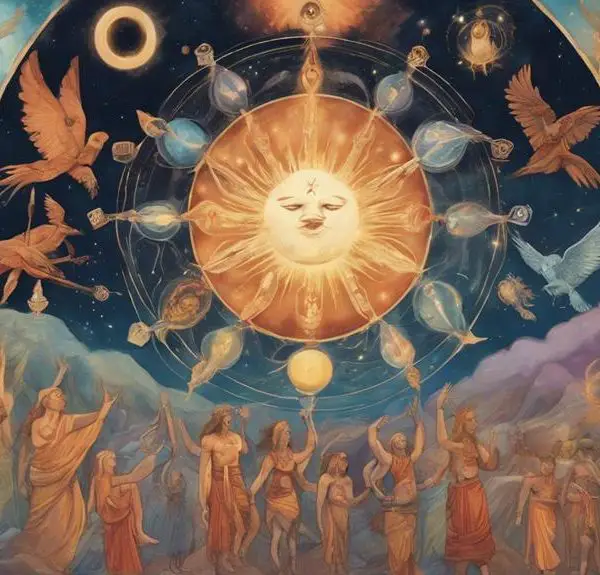
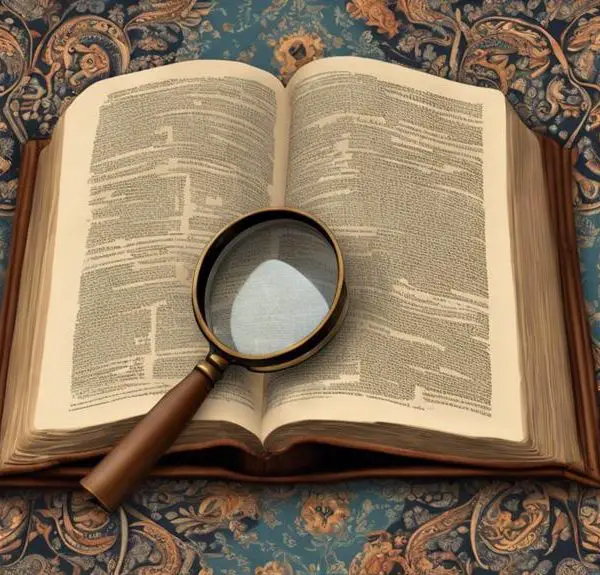
Sign up